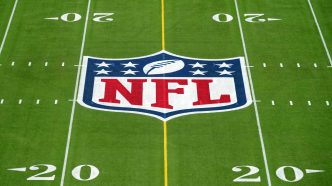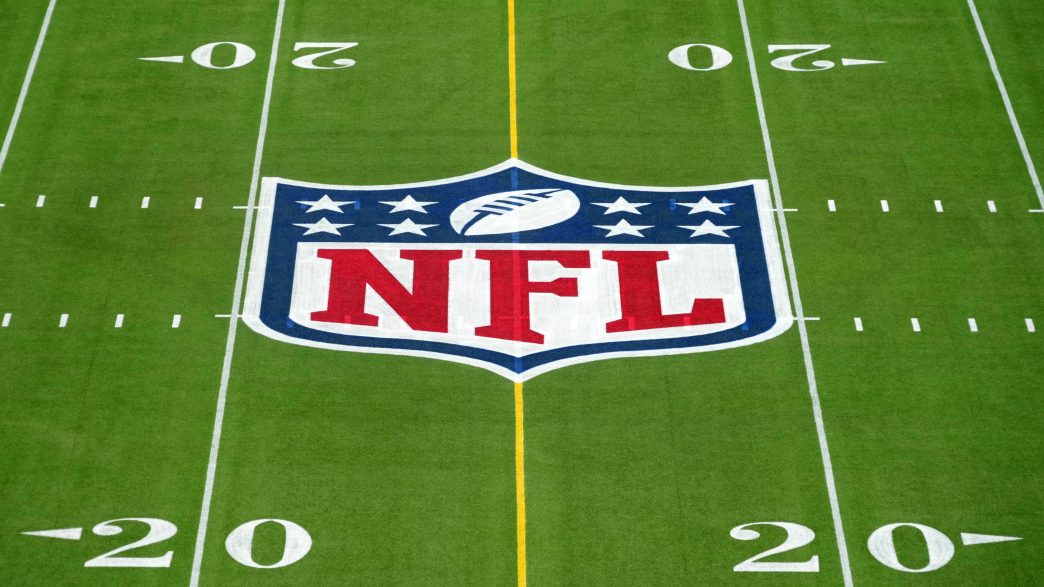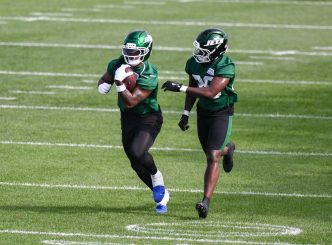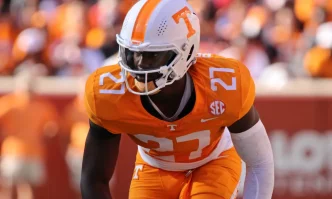In 1968, Stanley Kubrick’s “2001: A Space Odyssey” spooked an entire generation with visions of a future ruled by artificial intelligence. Fast forward to the summer of 2025, and the NFL is teetering on the edge of a similar sci-fi reality. Zac Robinson, the 38-year-old offensive coordinator for the Atlanta Falcons, is coming to terms with the prospect of analyzing football strategy alongside a computer. A former Pro Football Focus analyst, Robinson knows the value of advanced analytics but admits there’s a wide chasm between number-crunching and an AI assistant reminding him about defensive setups during late-night game planning sessions.
“I’m a little scared,” Robinson confessed. That’s a sentiment NFL coaches might need to get over soon. Picture an AI like “Bill Walsh 3000” focusing on defensive rotations while human coaches zero in on the front seven. “I’d have to see what that looks like,” Robinson muses. Who knows? Maybe a computer’s input could soon become an invaluable tool.
Ryan Paganetti, now with the Las Vegas Raiders and working as the Head Coach Research Specialist, offers a glimpse into the future, indicating that AI is becoming a crucial element of team strategy. He was initially hired by head coach Pete Carroll not specifically as “the AI guy,” but it’s clear that artificial intelligence will play a significant role in his daily duties. Paganetti believes that in an era where teams constantly seek an edge, AI might just be the game-changer, potentially surpassing traditional routes like the draft or free agency.
Paganetti envisions a time, not so distant, where some coaching roles might be fully replaced by AI – a development already seen in other industries where technology outperforms humans in speed and accuracy. It’s more than plausible to imagine AI playing a pivotal role in a Super Bowl victory. His outlook suggests that teams committed to AI will gain a distinct competitive edge over those less inclined or able to adapt.
Raiders head coach Pete Carroll, despite being the league’s oldest, is fully embracing this tech wave. Drawing from his illustrious career, which includes stints with the New York Jets, New England Patriots, and Seattle Seahawks, Carroll is enthusiastic about AI’s possibilities. Recently, he illustrated AI’s potential through a chat with Deepak Chopra about self-interviewing through AI—a concept straight out of science fiction. Yet, Carroll insists that AI is no fantasy; it’s a very real, looming presence.
Consider the history of tech versus man: IBM’s Deep Blue famously toppled chess grandmaster Garry Kasparov in 1997, marking a point from which humans never regained the upper hand against machines in chess. Similarly, AI has conquered Go, a game infinitely more complex than chess. Football, however, presents a formidable challenge due to its intricacies, but experts argue that AI could soon handle analytical tasks better than human coaches, marking a seismic shift in coaching dynamics.
While AI’s reach is vast, its current capabilities revolve around machine learning and computing power rather than sentient intelligence. John Guttag of MIT provides perspective, noting that AI’s main barrier is acquiring the ability to ‘see’ football as a human would. Yet, Udit Ranasaria of SumerSports posits that efforts are underway to teach AI to “watch” football, heralding significant advancements in AI-driven game understanding and strategy development.
MIT’s Guttag and others are optimistic about AI’s learning curve. With enough data, AI can pinpoint differences between successful and unsuccessful plays without preconceived notions. Experts like Bajaj, who created an algorithm for identifying defensive coverages, see significant potential for AI in football strategy. The AI model, achieving 89% accuracy based on pre-snap alignments, highlights how close AI is to becoming an indispensable part of the coaching toolkit.
In the NFL’s rapidly evolving landscape, successful teams won’t just rely on talent and traditional strategies but on harnessing AI to gain new insights. For instance, by measuring first downs via Sony’s Hawk-Eye system, teams gain more accuracy in calls and can feed this data into AI systems to refine strategies further.
Former Falcons executive Thomas Dimitroff, formerly with SumerSports, underscores the enthusiasm amongst league executives for AI’s promise. Coaches are eager for tech that makes their work faster and more precise. Yet, for AI to gain widespread acceptance, it must be easily accessible and integrated into the workflow, something that’s still a barrier given the frenetic pace of football life.
Lastly, while acceptance of AI may vary among league staffs, the consensus seems to be that ignoring AI’s potential is unwise. Carroll, for one, reassures that staying curious is key, maintaining that “If you’re not curious, you’re not growing.” His approach reflects an open-mindedness that could well become the norm as AI continues to redefine what’s possible on the gridiron.








